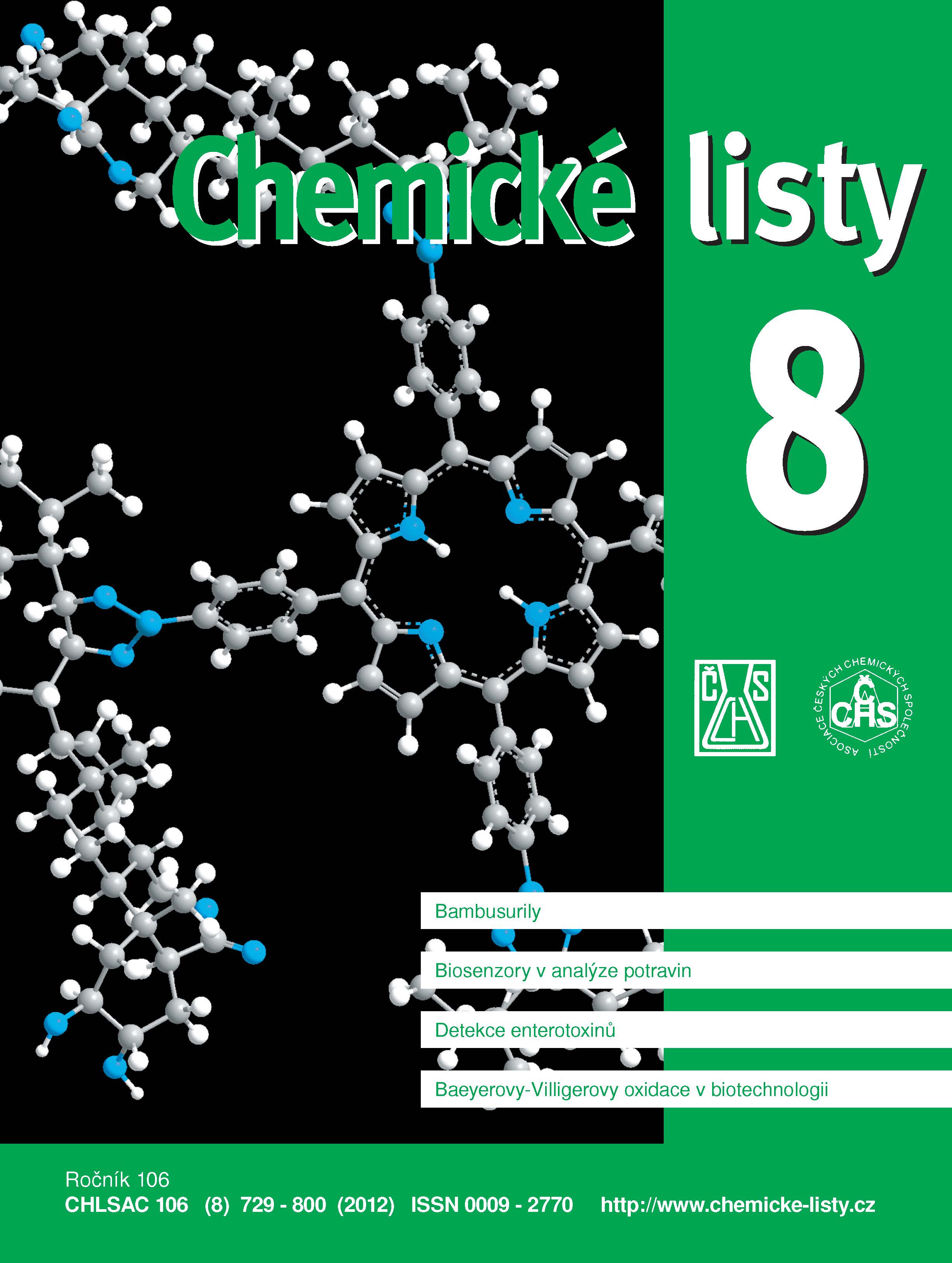Možnosti detekce stafylokokových enterotoxinů
Klíčová slova:
Staphylococcus aureus, alimentární intoxikace, imunologické metody, fyzikálně-chemické metody, molekulárně biologické metodyAbstrakt
Staphylococcus aureus is a major human pathogen, which produces a wide variety of exoproteins causing various types of disease symptoms. One of the most important characteristics of S. aureus is the production of heat-stable enterotoxins implicated in food-borne intoxications. Due to its stability, S. aureus is among the most frequent causative agents of food-borne intoxications in the world. Currently, a number of methods are used for direct determination of staphylococcal enterotoxins (SE); these methods are based primarily on immunological principles. Methods based on physicochemical principles and molecular-biological methods have also received attention. Some methods cannot be used for direct determination of SEs in food but just for detection of toxigenicity of S. aureus isolates. Some examples are described. Advantages and drawbacks of the methods were evaluated, including their detection limits, which were compared with the current EU legislation.





